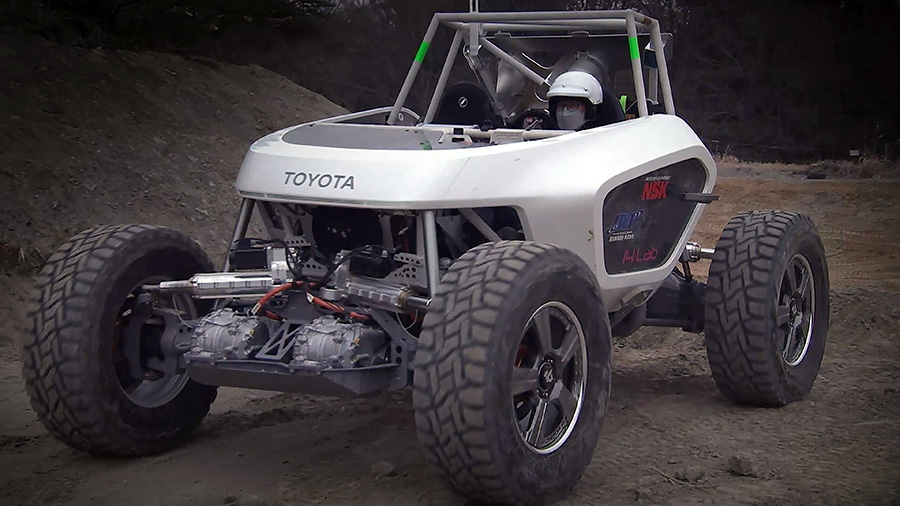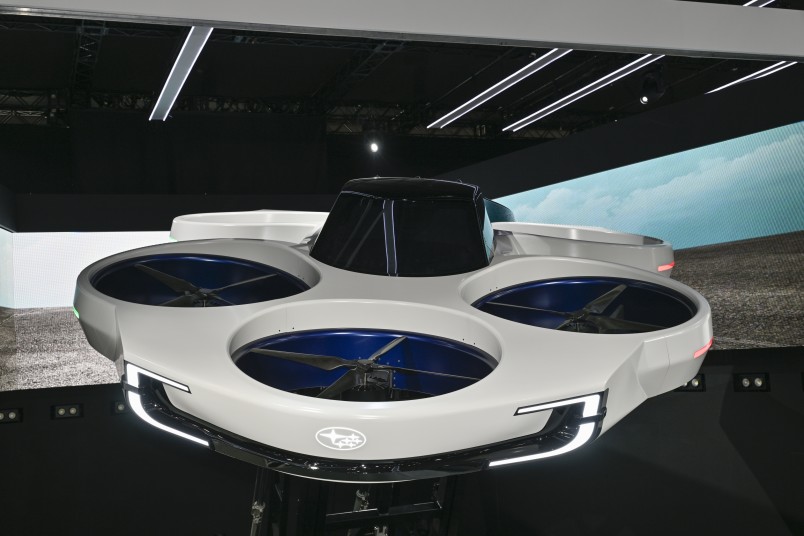By Anita Rajan, General Director
This year, the Japan Mobility Show (JMS), formerly the Tokyo Motor Show, returned to the world stage after a four-year long hiatus. The event showcased expansive, inviting, and inspiring mobility options that looked to redefine what the future can hold. The show featured four distinct themes: ‘Life’, ‘Emergency’, ‘Play’ and ‘Food,’ and demonstrated how technology can enhance everyone’s lives. That said, at the heart of the event were the show-stopping vehicle exhibits. Vehicle technologies in pursuit of carbon neutrality, modular designs to fit a variety of consumer needs, and artificial intelligence as a driver for customization of a vehicle’s interior were all on full display in the seemingly endless exhibit hall. Also, beyond the engaging exhibits, the JMS is a compelling reminder of how Japanese-brand automakers continue to push the boundaries of innovation while affirming their commitment to its workers, consumers, and communities across the world and certainly the U.S.
Toyota’s ‘Find Your Future’ exhibit featured a variety of concepts for showgoers. The KAYOIBAKO is a battery electric vehicle (BEV) that is highly customizable to suit various functions for both business and personal use. The company’s racing DNA came shining through with the FT-Se high performance sports BEV concept, which featured Toyota’s next-generation battery technology. For an out-of-this-world mobility option, the Space Mobility Concept was designed to handle rugged terrain on the moon and similar environments. Honda exhibited the ‘Honda Dream Loop’ to illustrate how the dreams of many create the future. Alongside aircraft and robot concepts, Honda debuted the SUSTAINA-C concept dedicated, as the name suggests, to sustainability. The vehicle’s body panels are made from reused acrylic resin materials by applying advanced recycling technologies, which ensures performance and quality levels equivalent to those of new materials. Additionally, the company showcased their “joy of driving” mindset as well as their commitment to an electrified future with the Prelude concept hybrid vehicle. Nissan’s innovation and creativity were also on display with its Hyper EV concept vehicles. Each vehicle is 100% battery electric, includes vehicle to everything (V2X) technology, is made of recycled materials, and is powered by clean energy. The Hyper Force has racing and gaming in mind, the Hyper Punk is an art-forward crossover SUV, and the Hyper Tourer is designed to invoke the experience of Japan’s famous bullet trains.

The awe-inspiring moments don’t stop there since the JMS even featured a flying car! Subaru’s Air Mobility concept is being developed by the company’s aerospace and automotive divisions. Accompanying this concept is Subaru’s Sports Mobility concept, which is a BEV sports car. Mazda unveiled its ICONIC SP, a compact hybrid sports car concept that runs on carbon neutral fuel. Also on display was their MX-5 SeDV, Mazda’s Self-empowerment Driving Vehicle, which can be controlled by only using the driver’s hands. Mitsubishi Motors spotlighted the spirit of adventure in their exhibit. Among displayed vehicles, the company unveiled the D:X concept a PHEV crossover vehicle. Also featured was Mitsubishi Motors’ collaboration with Yamaha and the development of a Dynamic Sound Concept.
Another important, unique, and sizeable area of the JMS was the ‘Out of KidZania’ exhibit, which focused on engaging the curious and creative minds of kids. The area was modeled as a town to feature various types of automaker jobs. It catered to kids as young as three and had specific programming for first to sixth graders so they could gain insights into some of the skills necessary for automotive careers. As children walked through the “town”, they could experience a car modeler job at Mitsubishi Motors, learn about sand mold casting at Mazda, fill a Toyota fuel cell model with hydrogen and then watch it run, conduct product research and development at Honda, understand necessary craftsmanship techniques to build Nissan supercars, and observe the accuracy and speed that a Subaru racing mechanic’s job demands. JAMA members also have a keen understanding that planting the seeds of wonder in children’s minds and excitement in their hearts is part of building the future.

Ultimately, the show highlights the work Japanese-brand automakers are doing to continue to push innovation’s boundaries. Apart from the sheer excitement a show of this caliber has in abundance, it sought to inspire those who may one day join the industry and reinforced pride in those who are already a part of it. In this way, the JMS inspires and is inspired by Japanese-brand automakers’ commitment to the future through all of its significant investments in facilities globally and across the U.S., including in Georgetown, Kentucky; Smyrna, Tennessee; and Marysville, Ohio. JAMA members’ commitment to the future is rooted in their manufacturing, research and development, and supporting operations in the U.S. that they have cultivated for more than 40 years. Generations of automotive professionals – technicians, designers, engineers and all the roles that come together to provide diverse mobility options – are a vital part of these automakers’ enduring legacy in the U.S.
It’s clear with exciting concepts and transformative technologies on display that Japanese-brand automakers are embracing a future of exciting possibilities.

